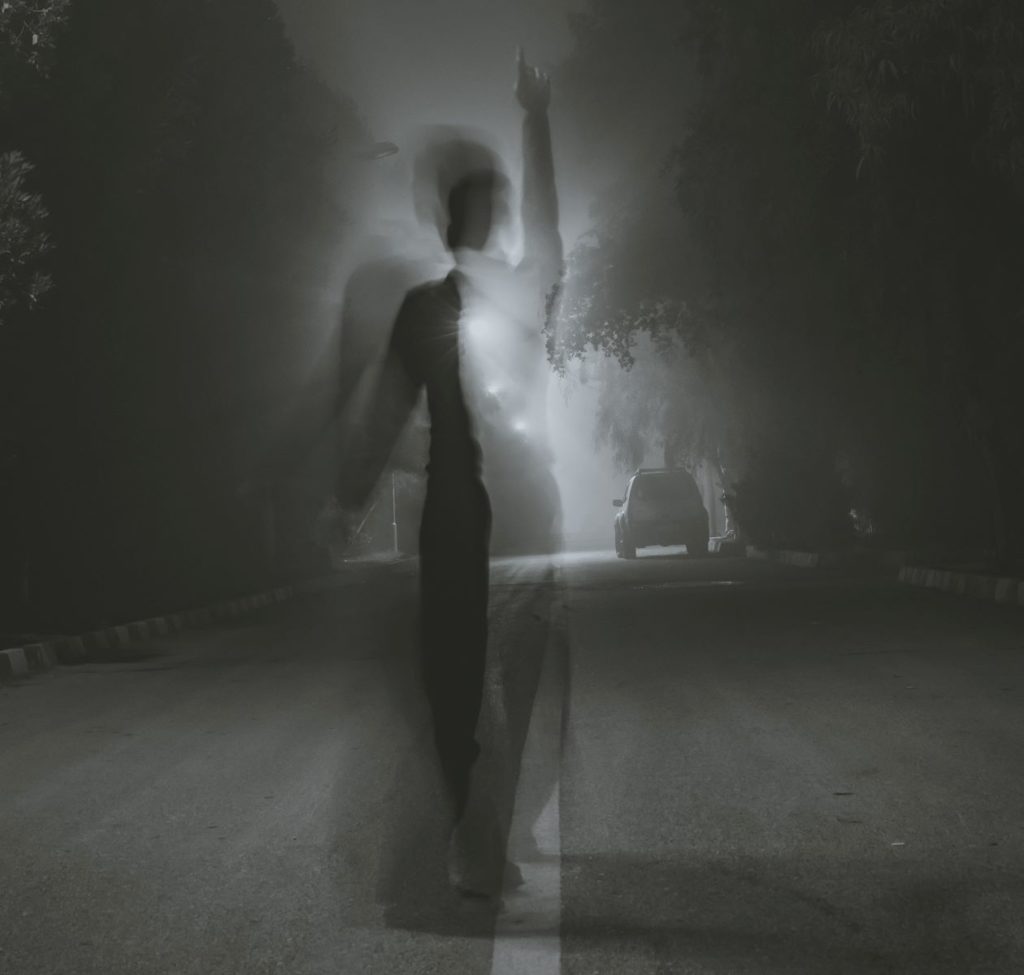How best to treat this often-residual symptom can be a challenge. Knowing what kind of approach to use is part of the challenge for clinicians. Imagery rehearsal therapy (IRT) focuses on nightmares exclusively, CBT-I focusses on insomnia, a side effect of nightmares. A 2012 meta-analysis by Casement and Swanson concluded that “interventions that included both imagery rehearsal and cognitive behavioural therapy for insomnia resulted in greater treatment-related improvement in sleep quality than imagery rehearsal alone. Combined treatment did not improve outcomes for PTSD or nightmares.”
Harb and colleagues (2019) examined the effects of these two interventions via a dismantling Randomised Controlled Trial. They compared the effects of IRT plus CBT-I to CBT-I alone on nightmares among combat Veterans with PTSD who had nightmares and global sleep disturbance. Nightmare frequency and distress were reduced in both treatment groups, with no difference between them.
Caveats
Harb and colleagues (2019) study had predominantly male participants who were military veterans. Casement and Swanson (2012) reported that the evidence for the efficacy of IRT in reducing the nightmare disturbance in PTSD was strongest in civilian samples, which have included 75% to 100% female participants with a history of sexual assault.
Summary
CBT for Insomnia (CBT-I) alone appears to be effective at reducing nightmares, despite the treatment’s sole focus on insomnia. At this stage the research suggests that the addition of IRT does not appear to add any benefit, for military veterans (male and female).
Harb and colleagues (2019) also stated that, “adding IRT may benefit veterans with lower nightmare severity and female veterans in particular (pg1)”. It seems that data in the Casement and Swanson (2012) study also indicates IRT may benefit civilian female clients more. In short, until more research it looks like the simple rule of thumb is (and as usual it isn’t simple):
Male client = CBT-I
Female client = CBT-I + IRT
N.B. If treatment of PTSD has been with Cognitive Processing Therapy (CPT) the client will have a familiarity with CBT-I concepts.
References
Harb GC, Cook JM, Phelps AJ, Gehrman PR, Forbes D, Localio R, Harpaz-Rotem I, Gur RC, Ross RJ. Randomized controlled trial of imagery rehearsal for posttraumatic nightmares in combat veterans. J Clin Sleep Med. 2019;15(5):757–767.
Casement MD, Swanson LM. A meta-analysis of imagery rehearsal for post-trauma nightmares: effects on nightmare frequency, sleep quality, and posttraumatic stress. Clin Psychol Rev. 2012;32(6):1–9.



